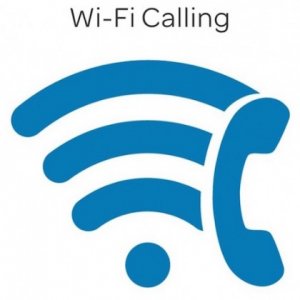NIXI permits content players!

I am in Chiang Mai, Thailand for APNIC 48 conference. Earlier today attended APIX meeting where many IX members from Asian community gave an update including NIXI i.e National Internet Exchange of India.
As per the update NIXI now allows content players to peer at the exchange. NIXI earlier had a strict requirement of telecom license for anyone to peer but as of now it allows anyone with IP address and AS number to be part of the exchange just like all other exchanges. This is a really good development coming this year after their announcement of the removal of x-y charge. One strange thing remains that their website is still not updated to reflect that which is probably just work in progress. As per representative from NIXI they now openly welcome all content players to peer at NIXI.
